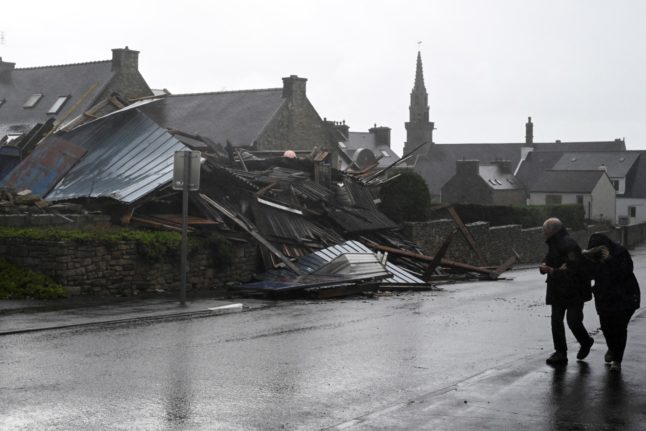In an attempt to settle the question once and for all, we asked readers of The Local what they preferred.
On Twitter the scores were practically neck and neck with just 51 percent rooting for the town.
Living in France: Daily dilemmas. Do prefer the buzz and culture of one of France's towns or cities, or are you more a fan of the peaceful tranquility of a French village?
— The Local France (@TheLocalFrance) July 17, 2019
While over on Facebook the results were reversed, with village taking a strong lead at 64 percent.
Hundreds of people voted, but many more were undecided or thought both had merit.
READ ALSO
- Where in France do all the Brits live?
- Where do all the Americans live in France?
- Where the Indian population lives in France

Fancy life in a rural Chateau? Photo: AFP
Michael Storey said: “I like the idea of the poll, but surely the choice is more subtle than that? For example, we live in a small hameau now, for its large garden and barns, but as we get older, we will move to a local town with amenities, but never to a large city.”
While Corinne Harden Podawiltz said: “I'd choose to live in a quaint French village for peace & tranquility, but on the outskirts of a big city for easy access to entertainment & fun activities that can be found there.”
Plumping firmly for city living, Chris Georgiou said: “All the villages are dead there's nothing moving in the streets summer or winter.”
But country living fan Tess Meijer said her village was “alive in the winter, very alive in the summer.”
In terms of tourism, cities dominate the market, in particular Paris, which had 23 million visitors last year.
But rural and seaside France is also a highly popular visitor destination with gite holidays, camping holidays, cycling holidays and canal boat holidays all representing a huge market.
READ ALSO The jobs you can do if you live in deepest rural France
In terms of where people choose to live, Paris again came out in front, unsurprisingly for the capital city where many jobs are based, but the more rural west of France – Brittany and Normandy – and the south west – especially the Dordogne and Charente – are both highly popular with both people who own second homes in France and people making the move permanently.
The major factor that influences whereabouts in France people live is whether they come here to study, work or retire.
Jobs and universities tend to be clustered in the cities, so many students end up in Lyon, Toulouse, Rennes and of course Paris.
While the countryside is undeniably beautiful, employment opportunities can be scarce so it is more common for retirees or people running their own business to move there.
But of course circumstances change, and there's probably more than one stressed-out Paris dweller dodging the crowds on the Metro and dreaming of sleepy rural tranquility among the vines.



 Please whitelist us to continue reading.
Please whitelist us to continue reading.
Member comments